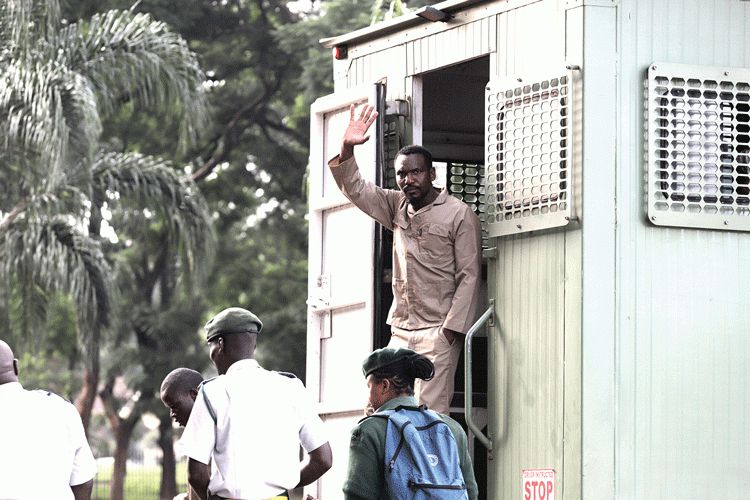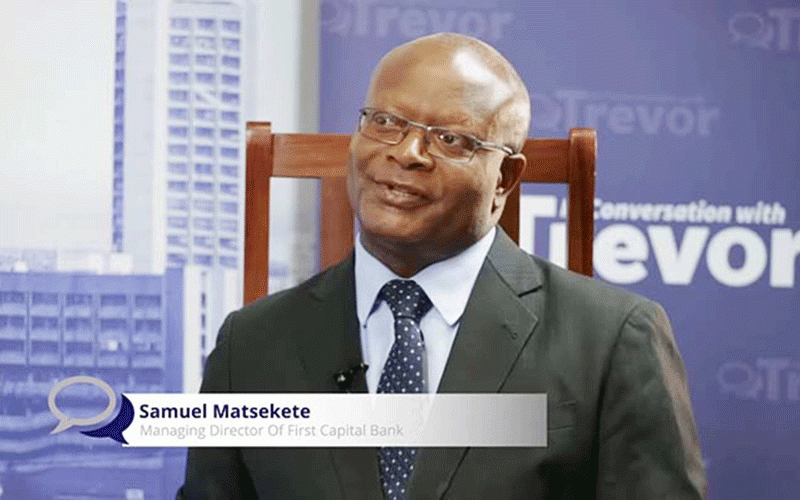GOVERNMENT has been urged to heavily invest in public health because the country risks missing its United Nations Sustainable Development Goals (SDGs).
The Zimbabwe Coalition on Debt and Development (Zimcodd) made the call after a survey it conducted indicated that more than 58% of the country’s 57 districts were experiencing poor supply of essential medical drugs.
In its health and education situation report, Zimcodd said Zimbabwe’s healthcare system was plagued by inadequate finance, corruption, biased spending and lack of community involvement.
“Governments must heavily invest in public healthcare. In Africa, signatories to the Abuja Declaration of 2001, including Zimbabwe, agreed to earmark 15% of their national budgets towards public health spending,” Zimcodd said.
“Public health is critical in determining a country’s health status and economic development, as nations that spend more on healthcare will have healthier and more productive human capital, reducing health-related inequalities and powering national output [GDP] growth.”
The pressure group said 64% of the districts reported an acute shortage of healthcare personnel.
Keep Reading
- Open letter to President Mnangagwa
- Feature: ‘It’s worse right now than under Mugabe’: Sikhala pays the price of opposition in solitary cell
- Masvingo turns down fire tender deal
- Human-wildlife conflict drive African wild dogs to extinction
The results further indicated that 54% of the districts surveyed require increased investments in the construction of new or renovation of existing healthcare infrastructure.
It further indicated that 61% of the districts required medical equipment of the 21st century to improve public health service delivery.
Said the report: “This is in sync with official statistics showing low capital expenditure on health; for instance, only 12,5% of 2020 public spending was for health capital projects.
“More so, about 69% and 70% of the districts have poor maternal healthcare and ambulance services, respectively. It is appalling to note that the survey results show that only half of the districts have accessible healthcare facilities.”
Zimcodd argued that the results showed a deepening structural inequality — a system of privilege created by institutions within an economy.
“This lack of accessibility disproportionately affects pregnant women, the elderly, and the people with disability community,” the report said.
“However, survey results show that with a tightening economy characterised by chronic inflation and volatile local currency (Zimdollar), public sector healthcare services are affordable compared to private healthcare providers.”
It further indicated that official statistics, however, showed that the government has increased health funding from US$117 million in 2020 to an average of US$460 million from 2021 to 2024.
“The increase aligns with its commitment to the National Development Strategy 1 (NDS 1) outcome of increasing domestic funding for health.
“The NDS 1 (National Development Strategy 1) is the national policy which every other policy thrust is built upon. This is evidenced by the National Health Strategy whose objectives and pillars are in alignment with the NDS 1 health targets,” Zimcodd added.
It further indicated that to address the barriers and improve healthcare delivery there is need for increased community participation and better equipped lower-level health facilities.
It called for enhanced citizen expenditure monitoring, staff retention measures and increased resource allocation.





